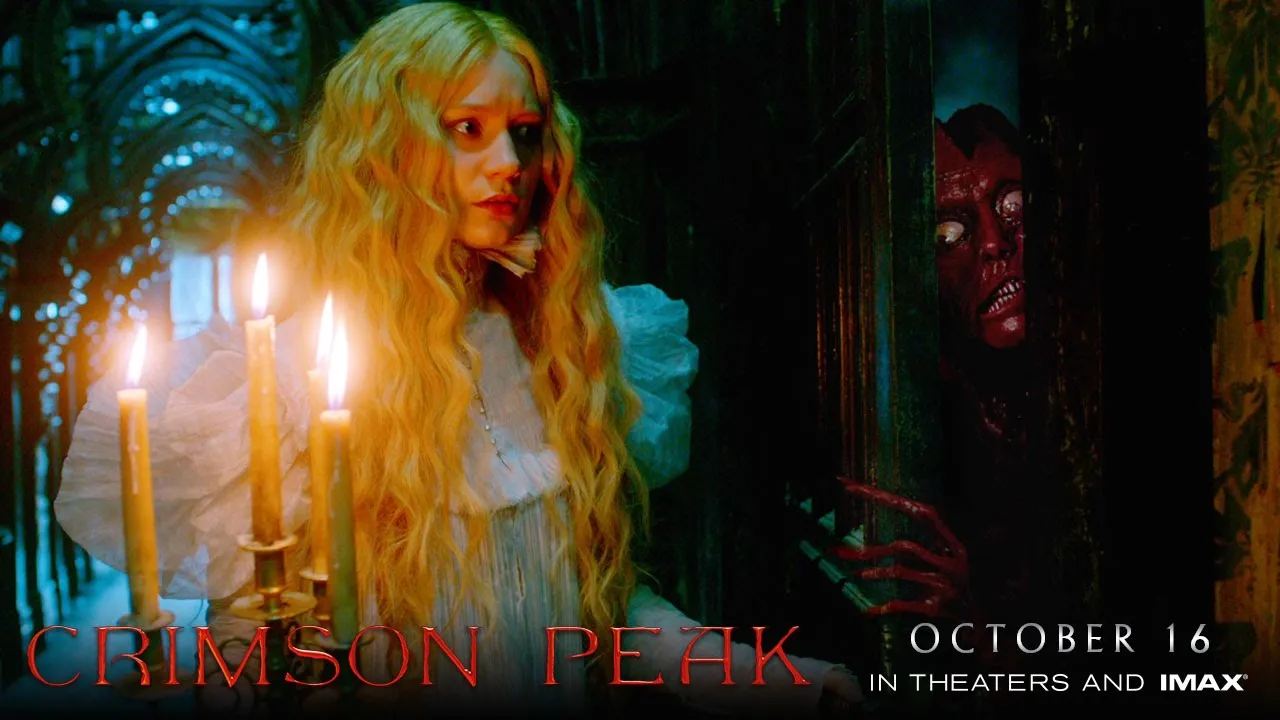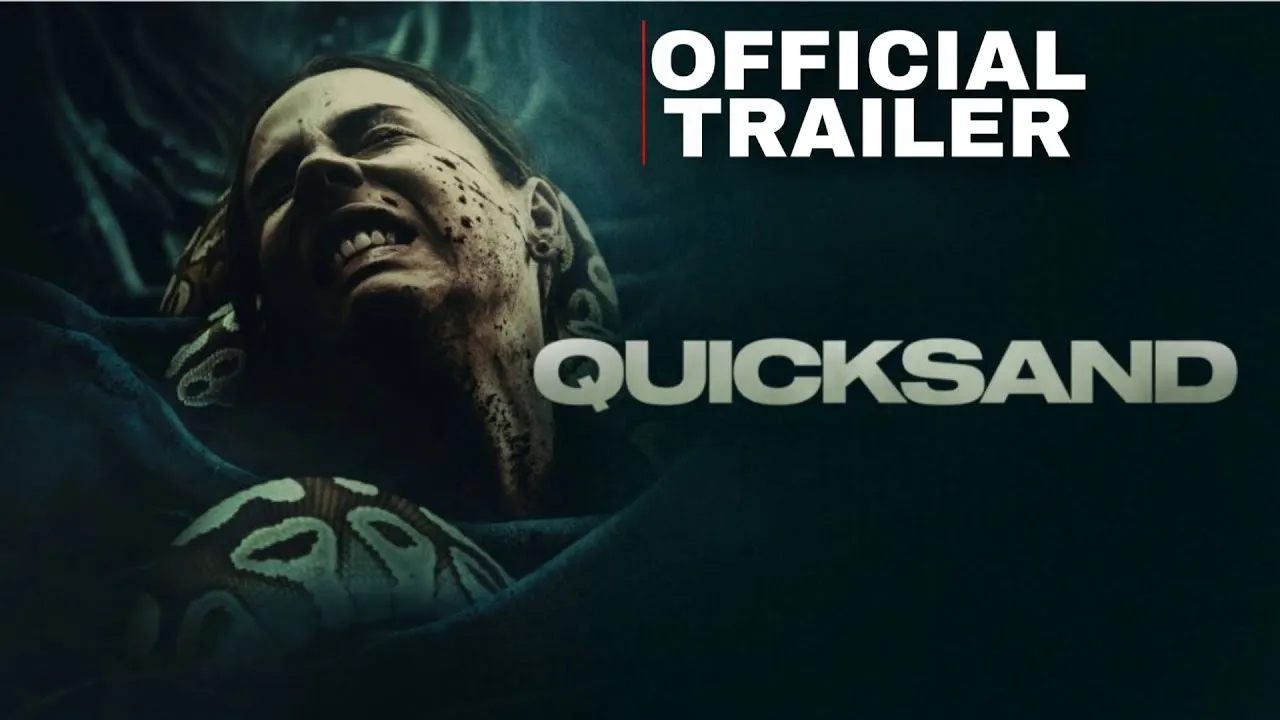You don’t catch the darkness. You follow it. And sometimes, it follows you back
True Detective (Season 1, 2014) isn’t just another crime series—it’s a haunting descent into the deepest recesses of human darkness, identity, and time. Created by Nic Pizzolatto and directed in its entirety by Cary Joji Fukunaga, the season rewrote the rules of television noir with its bleak philosophy, poetic dialogue, and unforgettable central performances by Matthew McConaughey and Woody Harrelson.
Set in the sweaty, decaying backroads of Louisiana, the story follows two state homicide detectives—Rust Cohle (McConaughey), a nihilistic intellectual haunted by past trauma, and Marty Hart (Harrelson), a family man with flaws he refuses to see. Together, they investigate the ritualistic murder of a woman found posed grotesquely in a sugarcane field with strange symbols and antlers.

But the case, like time itself, refuses to stay dead. Spanning 1995 to 2012, the story unfolds through dual timelines and shifting truths, as the detectives are pulled back into a mystery that never really ended. As more bodies surface, and as whispers of a secret cult—The Yellow King, Carcosa, The Tuttle Family—echo through churches and bayous, the true horror reveals itself: it was never just one killer. It was a system, a sickness, a circle without end.
What sets True Detective apart is its tone: hypnotic, literary, unsettling. McConaughey’s Rust Cohle, with his cryptic monologues about death and consciousness, became an instant icon of brooding television. Harrelson’s Marty grounds the series in a harsh reality—he’s deeply flawed, angry, but tragically human. Together, their chemistry is electric, volatile, and weirdly moving.

With eerie tracking shots (the legendary six-minute raid sequence), atmospheric scoring by T Bone Burnett, and a sense of creeping dread that never lets up, the show is more than a crime story—it’s a philosophical reckoning with time, trauma, and the monsters we create when we turn away.
Because in Louisiana’s forgotten corners, evil doesn’t die. It waits. And it always comes back in a different shape.
-1752135259-q80.webp)


-1751344400-q80.webp)